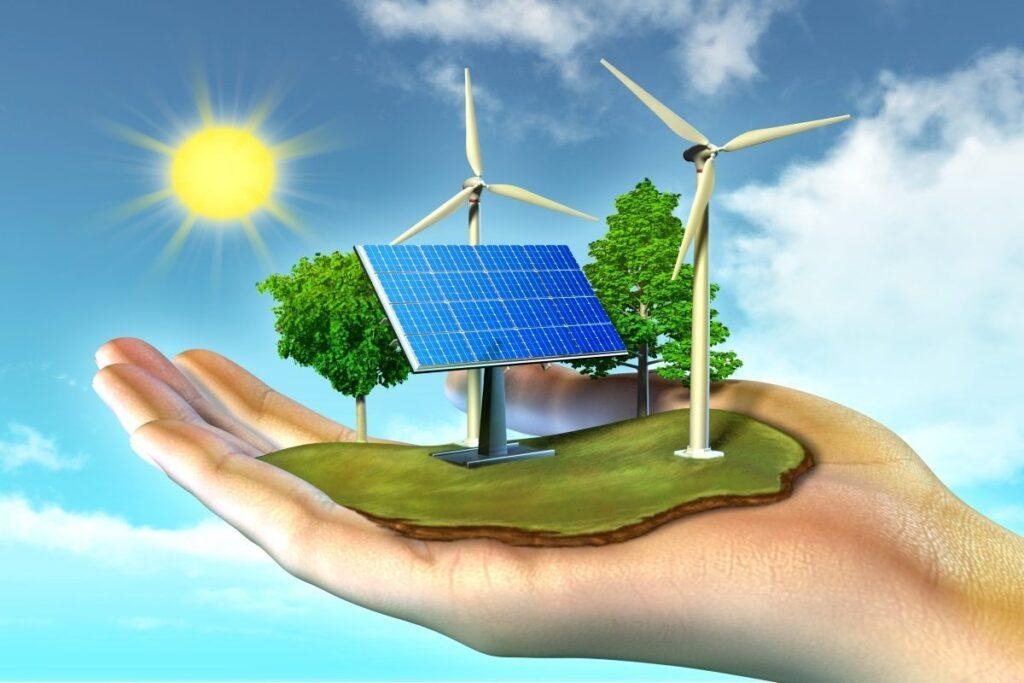Sunday, 21/12/2025 | 07:25 GMT+7
A food processing operation requires more energy than some may realize. Unless you are the plant owner paying the electricity bill, you might not have considered how much energy is needed to keep things running. Food production (agriculture, transportation, processing and handling) accounts for nearly 20% of all fossil fuel use in the United States, and 16% of that energy is used for food processing alone.
While utility costs are inevitable, there are strategies to make food and beverage plants more efficient and save money in the long run — though they often require an upfront investment. Energy savings are a long-term payback; it is important to keep that in mind when building a plant or modifying a current one. Here are five ways to conserve energy in your plant.
While variable frequency drives (VFDs) are not a new technology, they are effective: VFDs allow motors to run at different speeds and will save energy. Unlike traditional motors with two speeds (“on” or “off”), a VFD allows a motor to run constantly but at various slower speeds. Owners can change the speed and customize motors to run at different rates. Most of the time, you don’t need a motor operating at its maximum speed, which creates energy waste. Turning a motor on and off constantly also wears down parts faster. A VFD can be applied to most full-speed motors: fans, pumps, process equipment, HVAC equipment, or more.

Electrically commutated motors (ECMs) are an alternative to VFDs. These motors allow someone to control the speed with a basic control signal input. The motors can all be changed in one place, making it easy to control which are running and at what speed. While the motor is running, the circuit monitors the electricity powering the motor and will automatically adjust to maintain optimal function. ECMs also maintain a lower temperature compared to typical motors. ECMs are more challenging to change out than VFDs because they ideally should be incorporated into the system’s original design, and retrofitting is very costly and labor-intensive.
If you have an older plant, swapping your motors for high-efficiency ones would generate savings. However, it is important to look at the numbers: downtime or installation costs may not be worth the switch.
How often do you consider the type of light bulb used throughout your facility? Lights are frequently not a first thought when designing or retrofitting a building, but they can certainly contribute to high energy bills. Light-emitting diode or LED lights aren’t new but are continually becoming more efficient and cost-effective.
Solar panels are becoming more commonplace but are still used less than other energy sources, such as fossil fuels. Harnessing solar energy requires an upfront investment to install and maintain the panels, which need to be accounted for when designing the building.

If a solar array is placed on the roof, its weight and weather conditions (such as potential snow or rain) must be considered to ensure structural integrity. Solar energy also can impact the electrical distribution of the building, which would require extra labor for installation and designing the distribution system. Some state and local governments will provide incentives to encourage solar energy adoption, which can offset the building and upkeep costs. A power company may also be willing to provide incentives if it means they don’t have to build out infrastructure in certain areas.
Solar energy is not a great fit for every climate, however. Some geographic regions simply do not receive enough sunlight to provide adequate energy. This is important to consider when building as well.
Freshpet, a refrigerated pet food manufacturer, added solar panels as part of a recent expansion to their Ennis, Texas, facility. The company also invested in a stored-energy battery system to reserve energy from the utility or solar farm for peak demand times.
Stellar also incorporated solar panels in another recent project for Cuisine Solutions. The LEED-registered facility in San Antonio, Texas, is the world’s largest sous vide processing plant measuring 315,000 square feet. Solar panels shade the plant’s 300-space parking area and generate renewable energy sent to the local utility’s grid. San Antonio residents are able to purchase a panel, with savings credited to the owner’s home electric bill.
Every wire or pipe throughout a system will inevitably experience some degree of energy loss, even when equipment runs as it should (barring any shortages or problems). Proper design can minimize these losses by limiting wire runs and using higher voltages.
Minor adjustments can add up over time. For example, if a plant owner is running lower voltage motors, they will still work at the farthest end of the wire, but that may expend more energy than upgrading to a higher voltage range. This voltage difference may seem minimal, but if you have 1,000 motors, those losses can quickly add up.
While general tips are helpful, no two plants are alike. An energy audit conducted by an experienced partner, like Stellar, can identify specific ways to optimize a plant and yield savings for its owner.
According to processingmagazine.com








 Webinar 2: “Financial Support for Energy Efficiency Enterprises – Opportunities and Challenges”
Webinar 2: “Financial Support for Energy Efficiency Enterprises – Opportunities and Challenges”
 Vietnamese enterprises achieve green growth and cut costs through energy efficiency
Vietnamese enterprises achieve green growth and cut costs through energy efficiency
 Capacity Building for Program Implementing Entity
Capacity Building for Program Implementing Entity
 Enhance Energy Efficiency Knowledge for Managers of Cement Industrial Enterprises
Enhance Energy Efficiency Knowledge for Managers of Cement Industrial Enterprises
 Promoting Energy Efficiency for Technical Staff of Brick and Ceramic Sector
Promoting Energy Efficiency for Technical Staff of Brick and Ceramic Sector
 Capacity building for participating financial institutions of the VSUEE Project
Capacity building for participating financial institutions of the VSUEE Project
 Capacity building for participating financial institutions in Ho Chi Minh City
Capacity building for participating financial institutions in Ho Chi Minh City